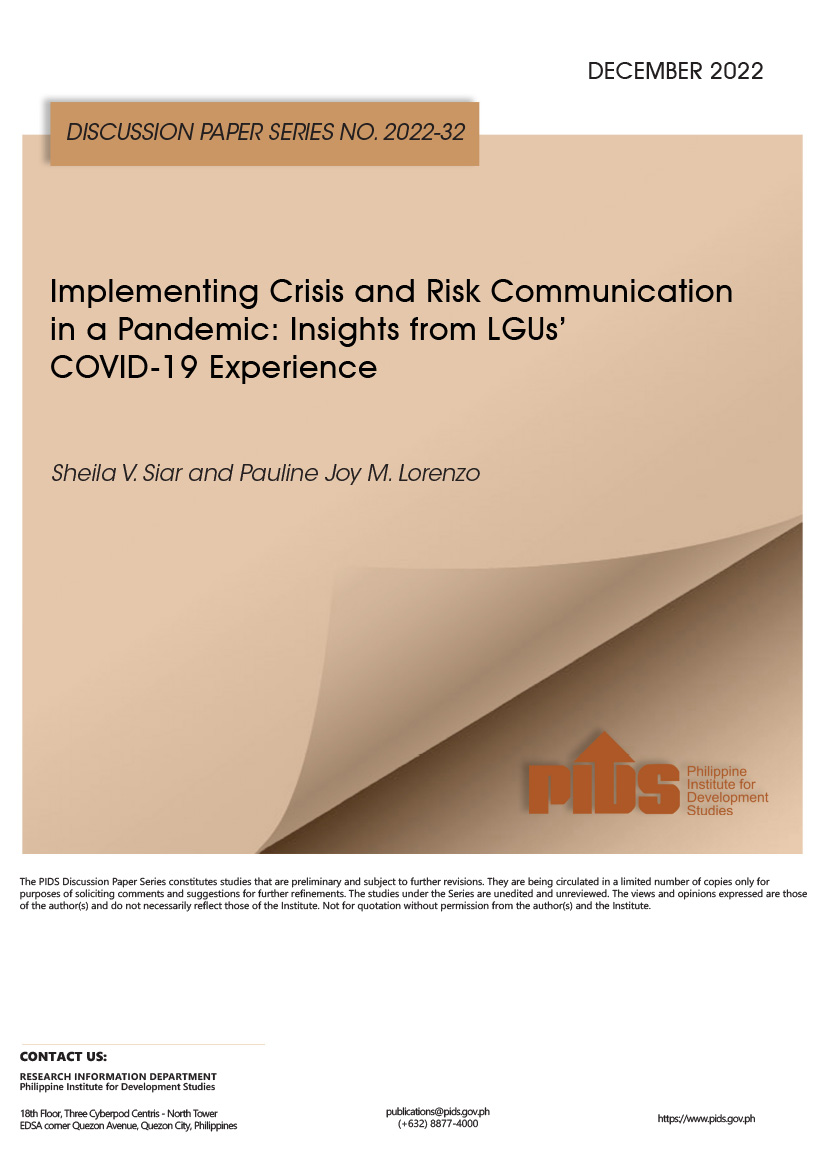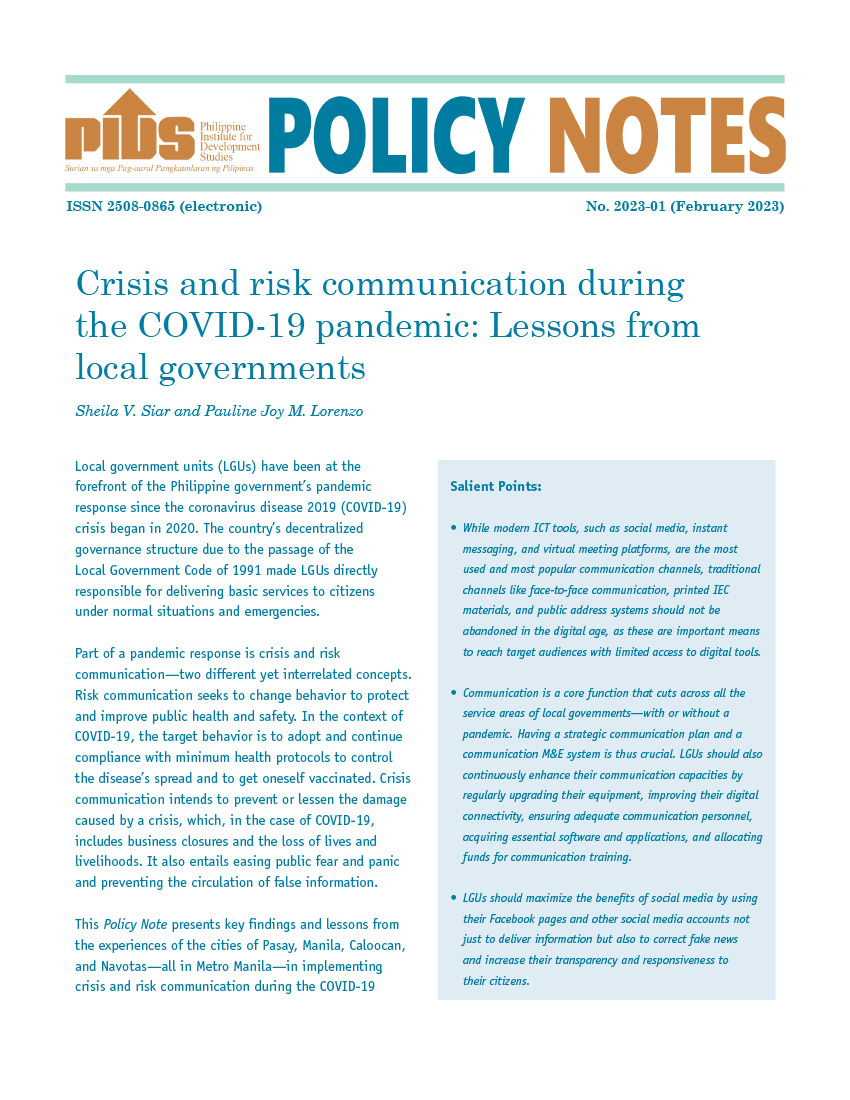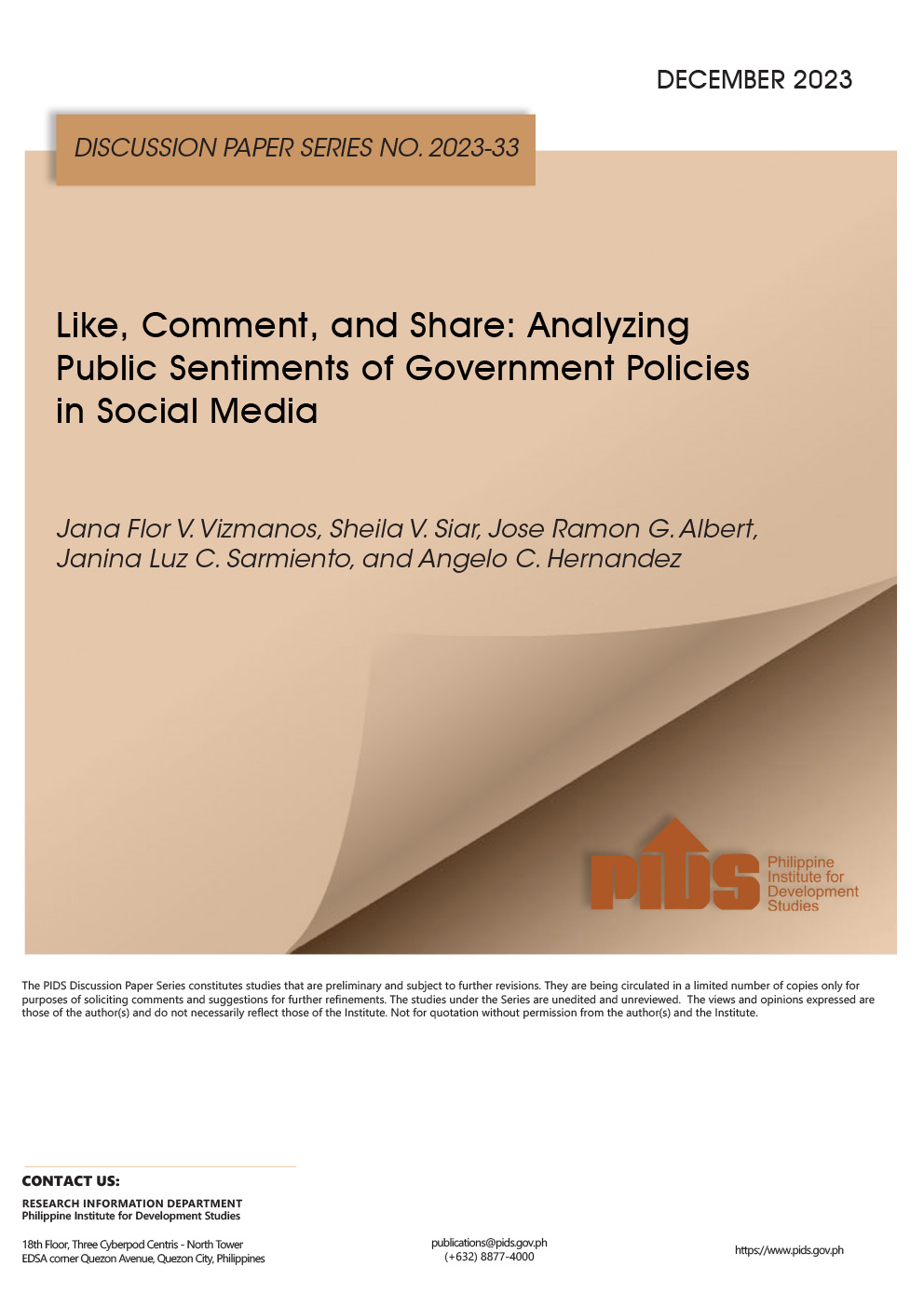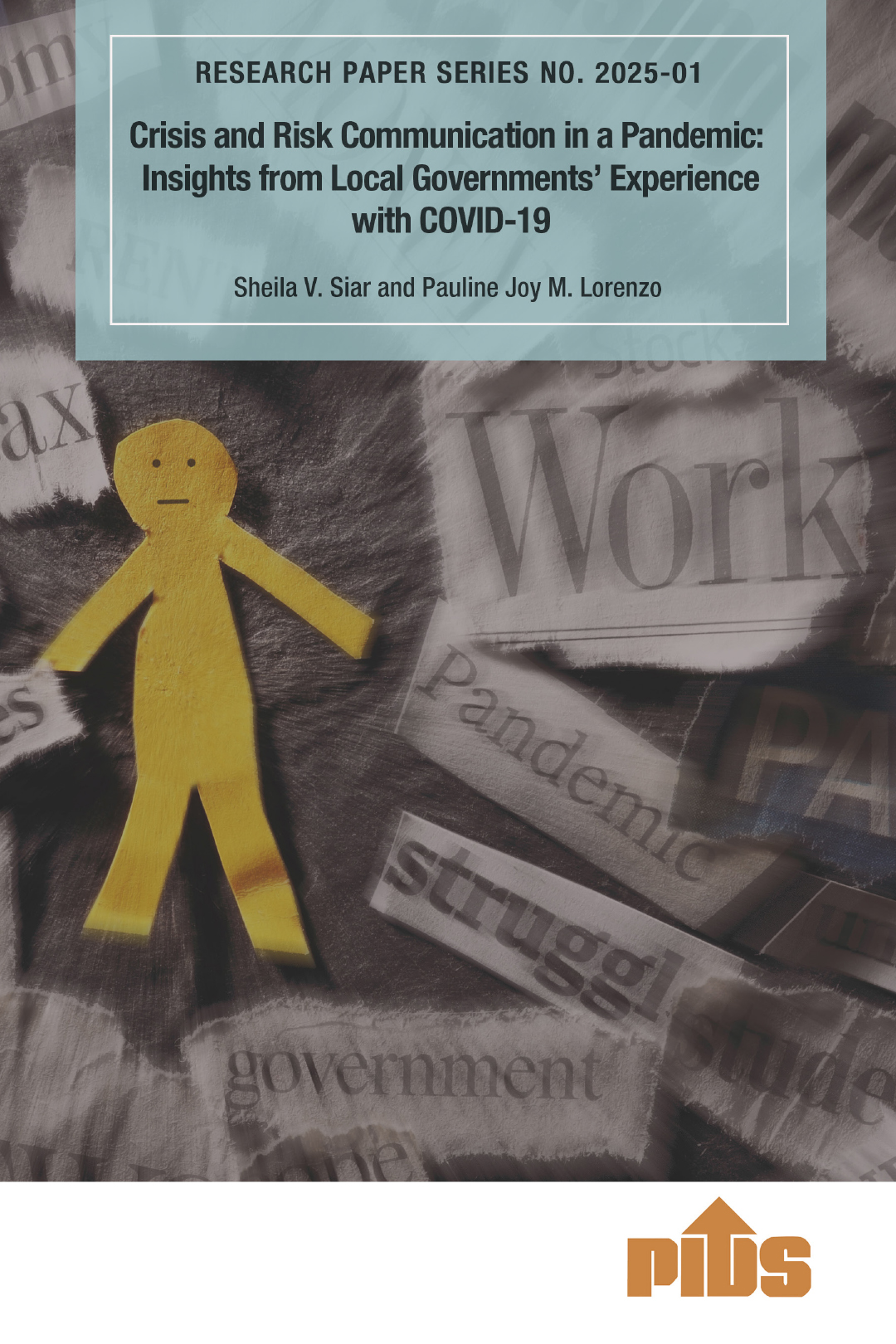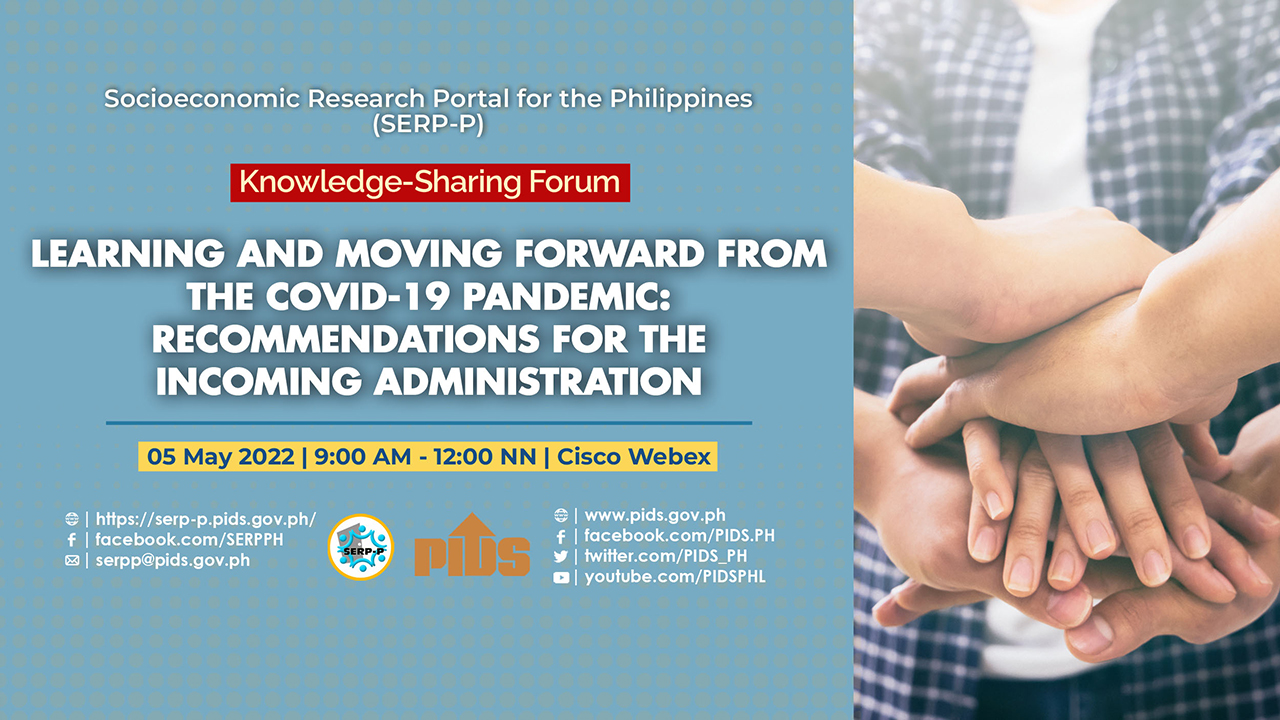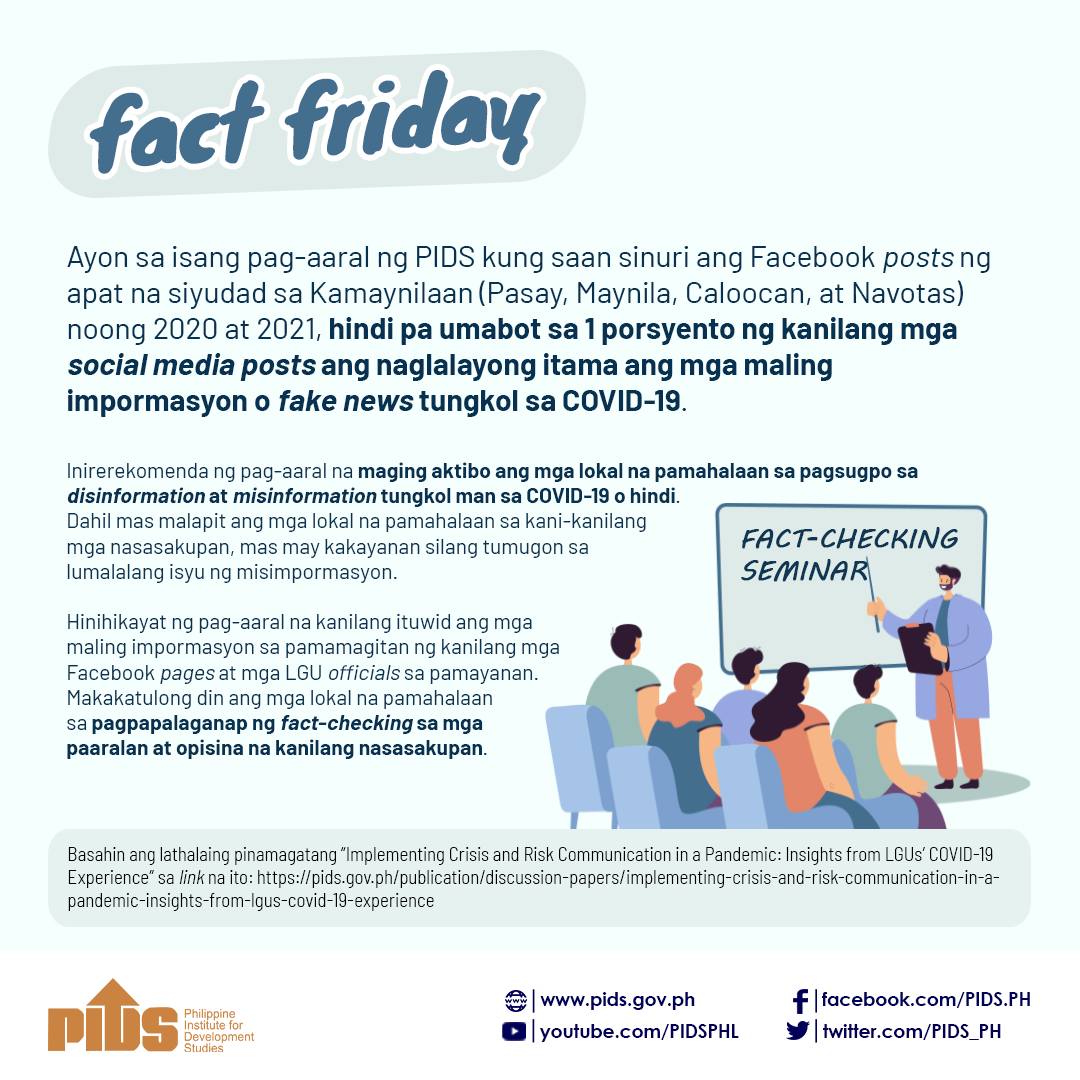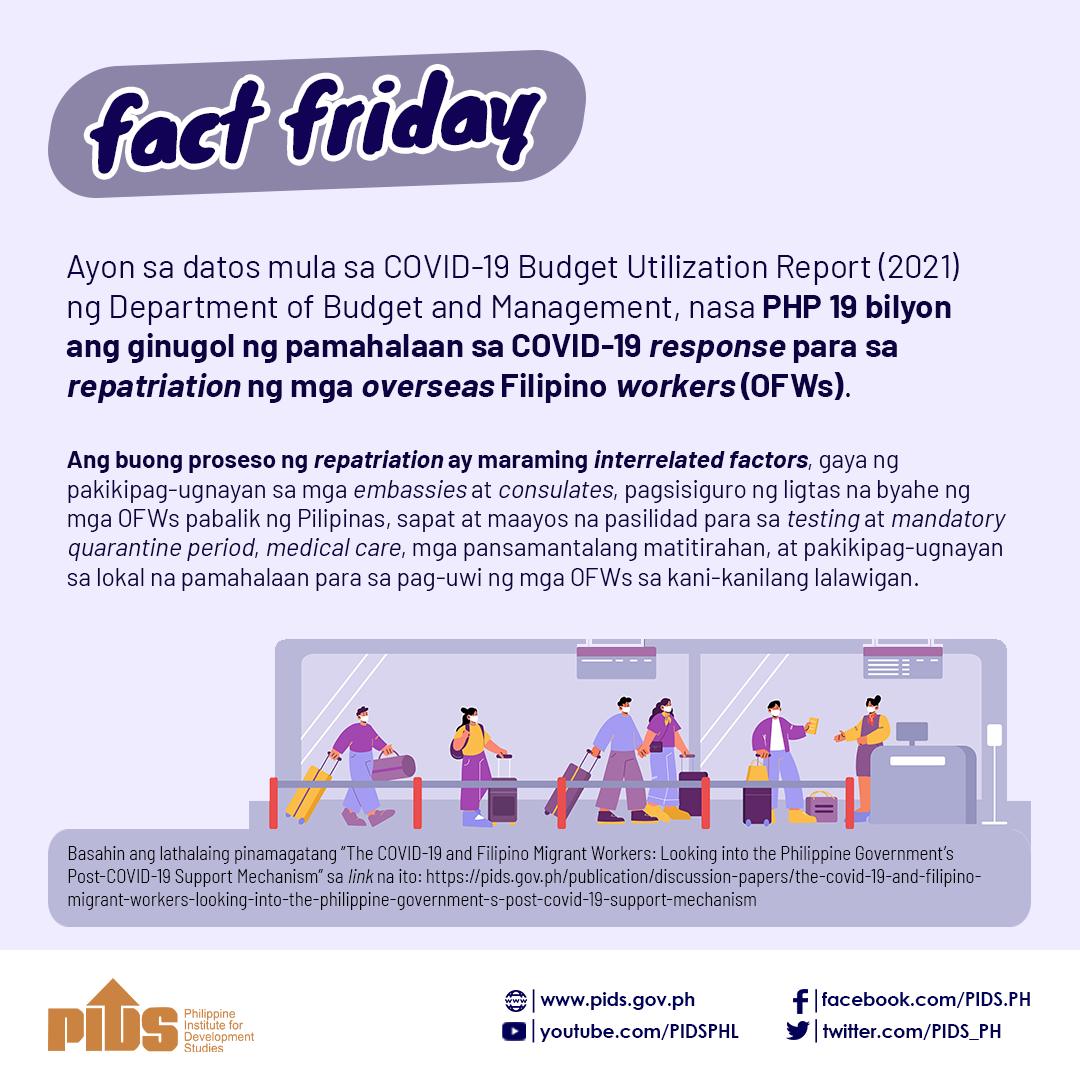Local government units (LGUs) are at the forefront of the Philippine government’s COVID-19 pandemic response. One of their most important functions is crisis and risk communication to ease public fear, mitigate the damage caused by the pandemic, and promote the adoption of health and safety protocols to control the spread of COVID-19. However, only a few studies on local governments’ COVID-19 experience are present, and an in-depth study of the crisis and risk communication of Philippine LGUs has not been done yet. To fill this gap, this study investigated the communication strategies used by LGUs to inform, educate, and connect with the public during the pandemic, particularly in 2020–2021. It employed a mixed method approach consisting of desk review and cursory audit of national plans and policies on COVID-19, key informant interviews with representatives of the selected LGUs (Pasay, Manila, Caloocan, and Navotas), and social media search and content analysis of the COVID-19-related messages on the LGUs’ official Facebook pages. Results showed the use of traditional and modern communication channels in crisis and risk communication. Modern channels such as social media, virtual meetings and groups, and online messaging platforms were largely used and proved to be useful given mobility restrictions and the need for social distancing. Nevertheless, traditional channels remained an important communication strategy of the LGUs, particularly face-to-face communication whenever possible, printed IEC materials, and interpersonal channels on the ground, like barangay officials and health personnel. The effective and efficient conduct of the LGUs’ communication functions during the pandemic was affected by many challenges, such as the late receipt of official memos on new policies and guidelines from the national government, the fast-changing guidelines, inadequate training in science, risk, and crisis communication, insufficient resources, risk of COVID-19 to personal health, and discrepancies in the COVID-19 case reports. Found in all four LGUs was the absence of a communication plan and monitoring and evaluation system, which hindered them from systematically implementing their communication interventions, monitoring progress vis-à-vis objectives, and evaluating the effectiveness of their communication strategies. Also, while social media has been widely used, the LGUs failed to maximize its potential to correct fake news and increase their responsiveness to the public. Only 45 of the 6,787 COVID-19-related posts on the LGUs’ Facebook pages, or less than 1 percent, were posts intended to correct false information. Only one of the three LGUs responded extensively to public comments on its Facebook page. The analysis of the LGUs’ messages on Facebook also revealed a need to improve the clarity of their social media posts, which can be achieved by using the local language more, explaining and simplifying technical terms, and using more visual communication.
Comments to this paper are welcome within 60 days from the date of posting. Email publications@pids.gov.ph.
Citations
This publication has been cited 1 time
- Jocson, Luisa Maria Jacinta. 2022. LGUs must step up crisis communication capacity. BusinessWorld.

